When design meets empathy, extraordinary things happen. Across the globe, young designers, engineers, and conservationists are creating smarter, more sustainable ways to care for injured animals—merging aesthetics with ethics, and prototyping with purpose. From biodegradable bird splints to mobility aids modeled after seatbelt mechanics, this new wave of design is not just solving problems; it’s reshaping how we relate to the animals around us.
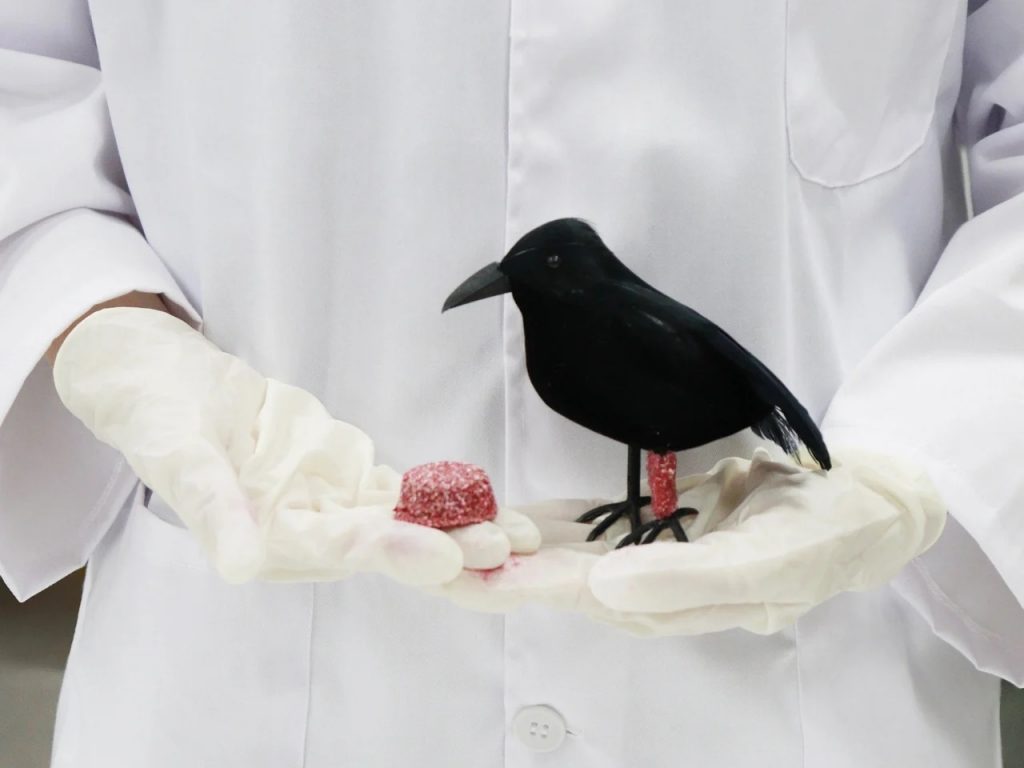
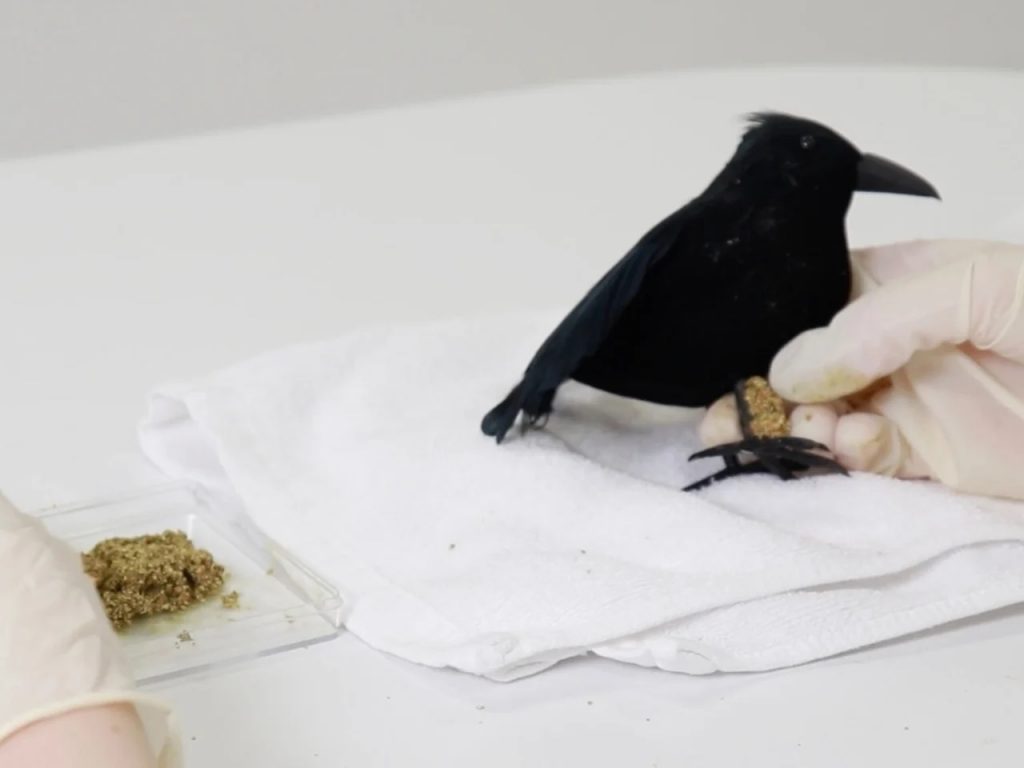
BirdAid by Zay Kim, Chaewon Lee, and Jungmin Park (also header image)
One standout project in this space is BirdAid, a biodegradable first-aid kit designed for urban bird injuries. City living is inherently dangerous for birds, where glass facades, speeding traffic, and man-made obstacles become daily threats. BirdAid, developed by Zay Kim, Chaewon Lee, and Jungmin Park, empowers everyday people to respond with care instead of helplessness. The kit includes splints made from sustainable materials like eggshell calcium, agar, and potato starch—selected for both their healing properties and environmental impact. The splints naturally decompose, minimizing waste while delivering essential support.
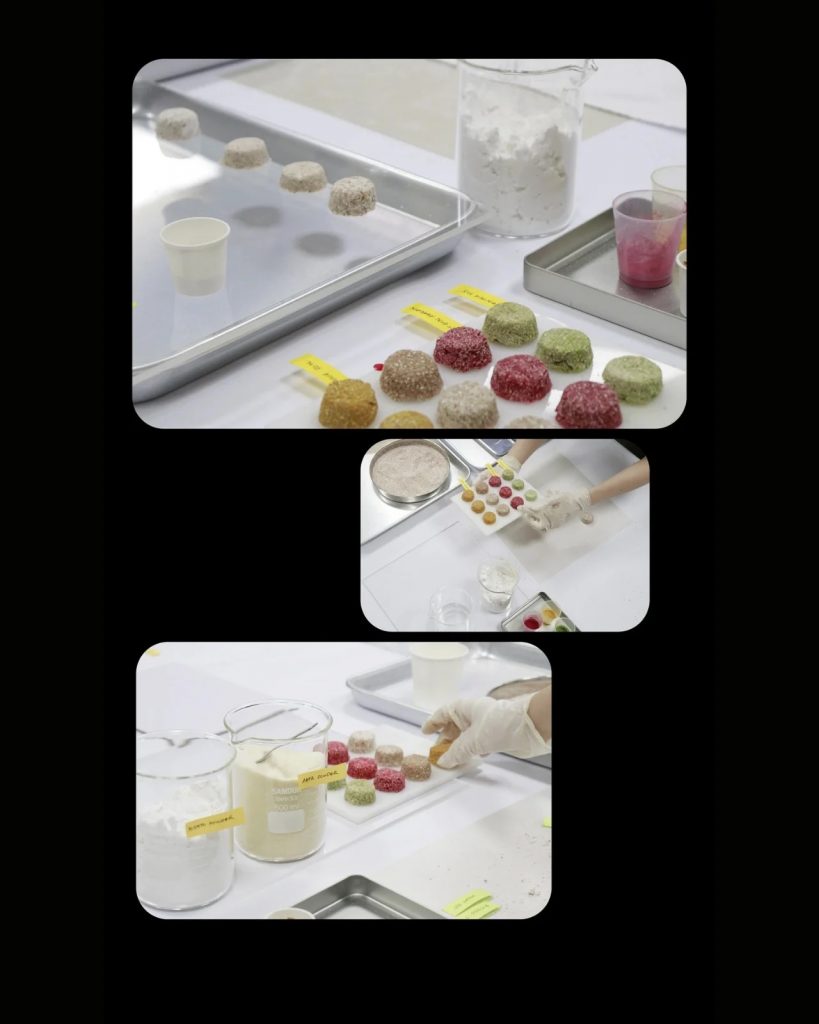
BirdAid by Zay Kim, Chaewon Lee, and Jungmin Park
Each BirdAid splint variant is color-coded and formulated to indicate the injury’s severity and the appropriate application. Yellow (gardenia) for light wounds, green (basil) for moderate cases, and red (beetroot) for more serious injuries. Users simply crush and apply the splint, which molds around the bird’s injury.
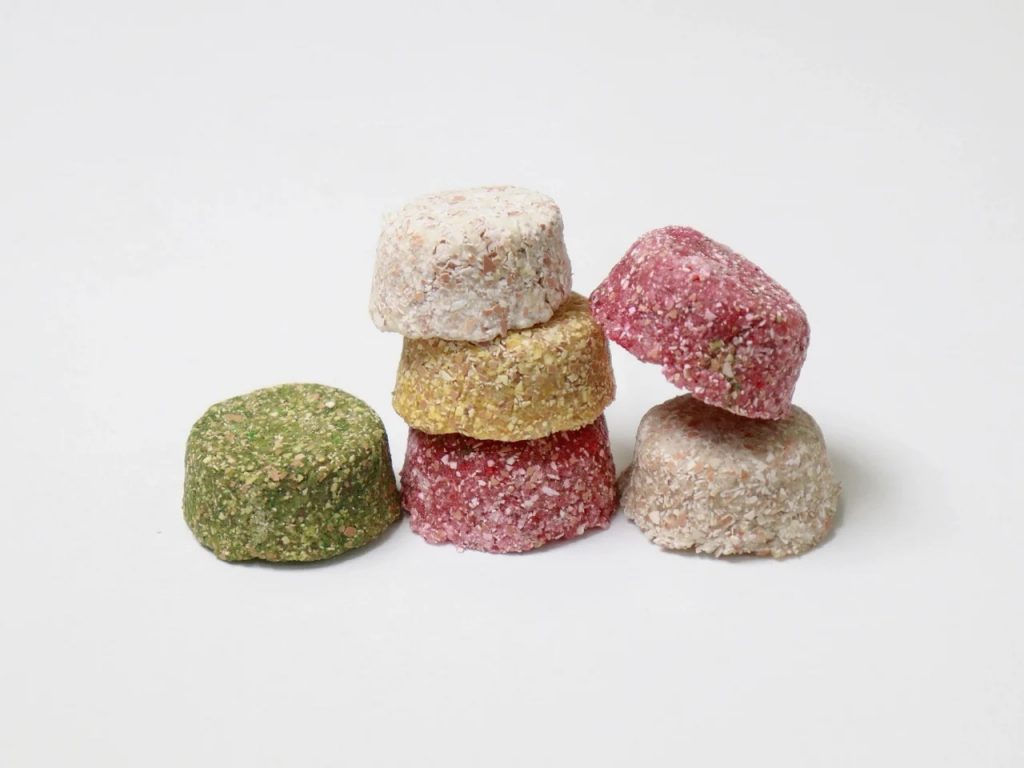
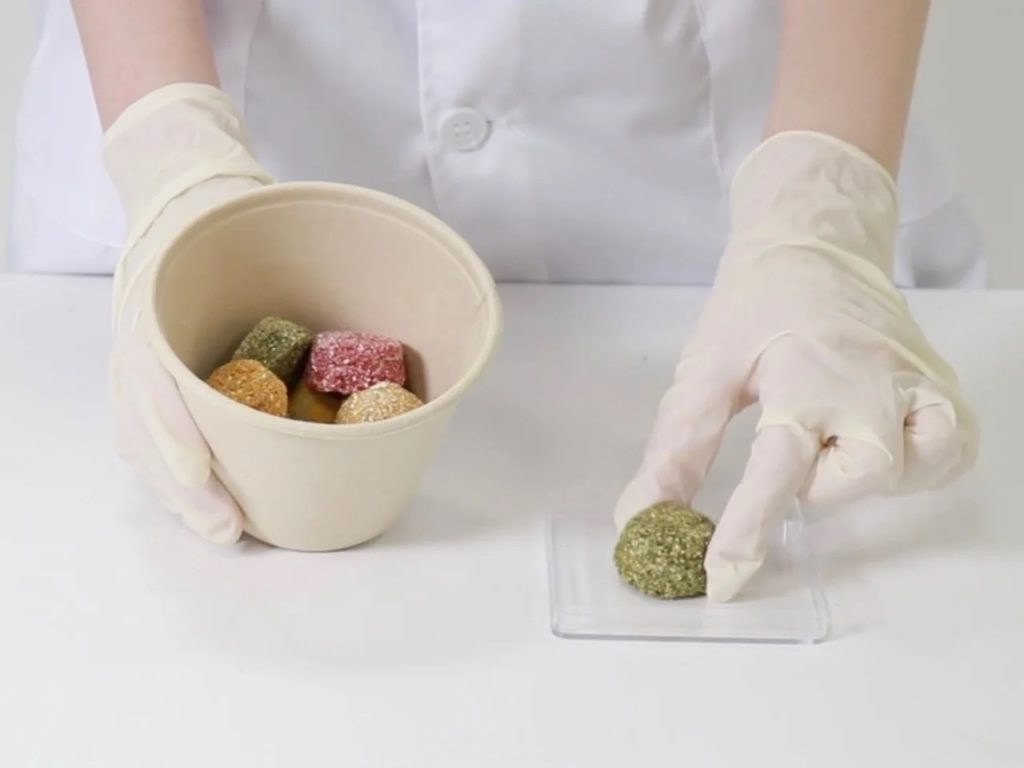
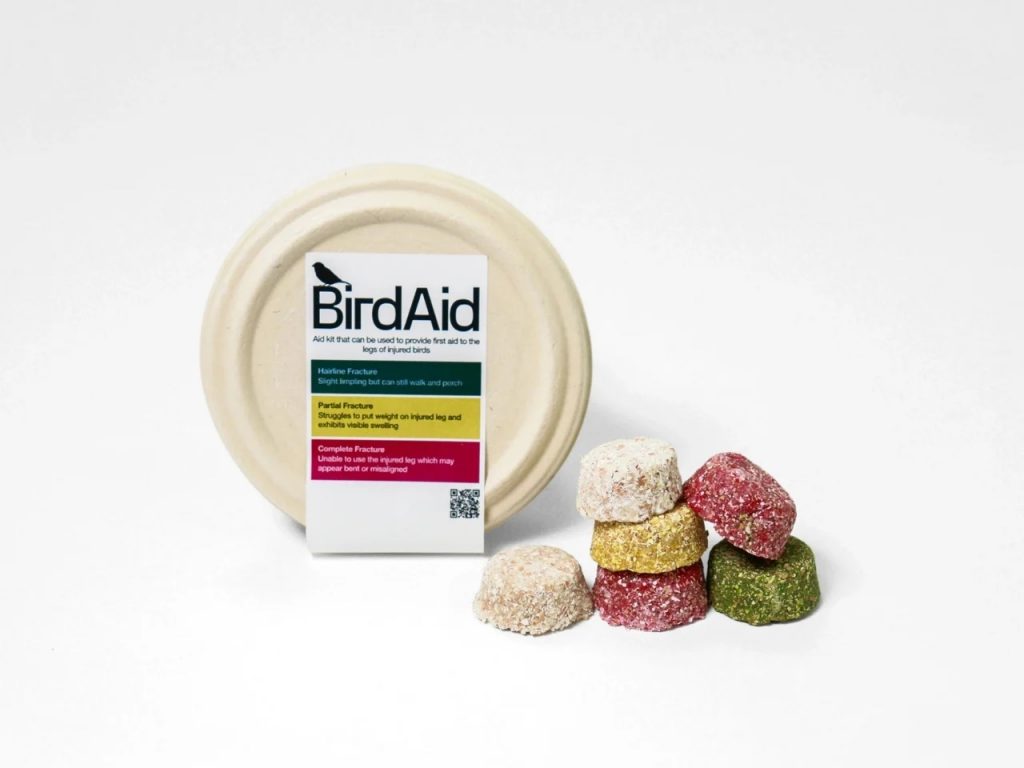
BirdAid by Zay Kim, Chaewon Lee, and Jungmin Park
For those uncertain about how to help, a QR code on the packaging leads to a simple, illustrated tutorial. It’s a UX-forward approach that removes guesswork and replaces it with guidance—designed not for experts, but for compassionate citizens looking to do something good.
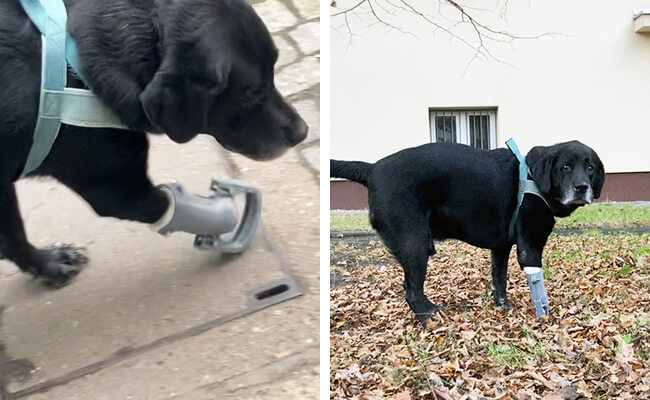
3D printed prosthetics by Maciej Szczepanski (via multistation)
That same blend of heart and hardware is found in the work of Maciej Szczepanski, a veterinary student in Poland who is using 3D printing to transform the lives of injured dogs. Realizing that prosthetics for animals were rarely accessible in his country, Szczepanski took matters into his own hands—literally. Collaborating with 3D printing company Zortrax, he uses their Inventure printer to craft functional, customized prosthetic limbs for dogs like Sonia and Leto, both of whom lost legs in tragic accidents.
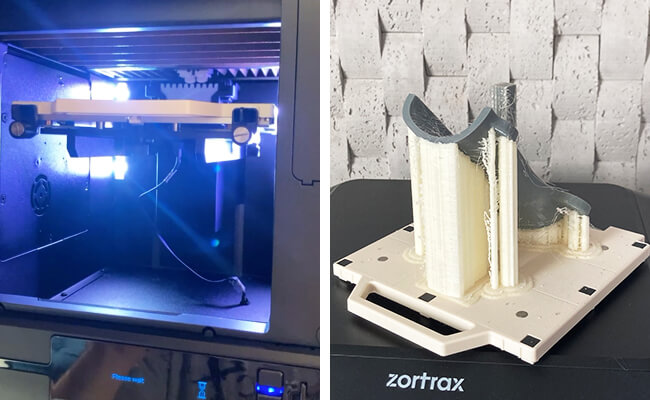
3D printed prosthetics by Maciej Szczepanski (via multistation)
The process starts with an alginate mold of the dog’s stump, which is cast in ceramic plaster and scanned into a digital model. From there, Szczepanski prints the prosthetic socket and foot using the Inventure. What was once a labor-intensive process requiring outsourcing is now a fully in-house, iterative workflow—faster, cheaper, and more responsive to each animal’s needs. Despite having no prior experience with 3D printing, Szczepanski describes the tools as intuitive and surprisingly easy to master, proof that access to the right technology can quickly empower motivated individuals.
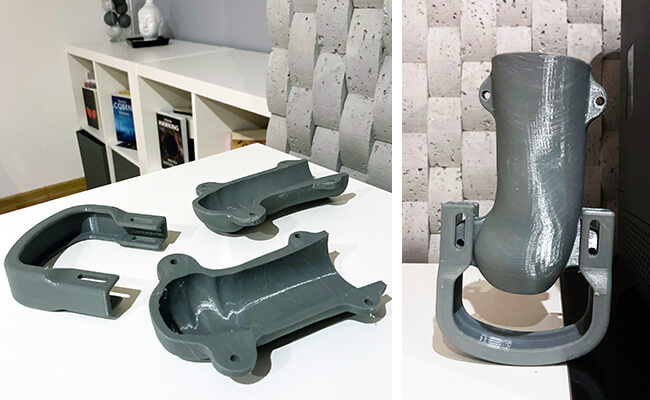
3D printed prosthetics by Maciej Szczepanski (via multistation)
Each limb is ready within days, drastically reducing the time it takes to get animals mobile again. But more importantly, each prosthetic is custom-fit, low-cost, and created with long-term usability in mind. What began as a student side project is now evolving into a startup focused on orthopedic solutions for animals—a compelling reminder that small-scale innovation can scale into meaningful, system-level change.
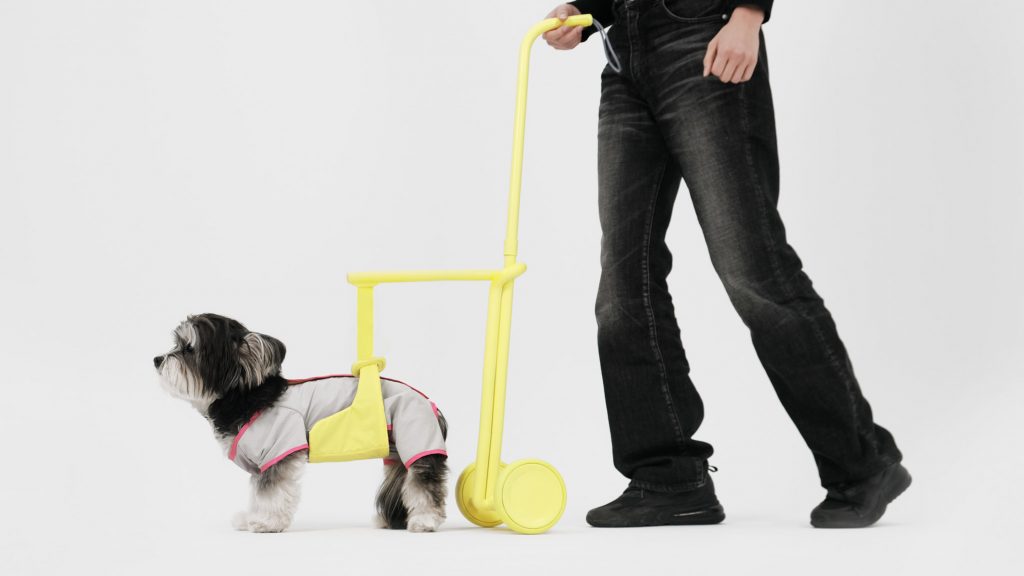
Steady by Jungmin Park, Chaewon Lee, and Seungha Baek
While BirdAid and Szczepanski’s prosthetics provide responses to injury, the project Steady focuses on prevention and support—especially for elderly dogs navigating mobility challenges. Developed by Jungmin Park, Chaewon Lee, and Seungha Baek, Steady is a walking aid inspired by seatbelt mechanics. It’s a non-motorized mobility system that blends flexibility and security, designed specifically for senior dogs with arthritis, disc problems, or dislocated joints.
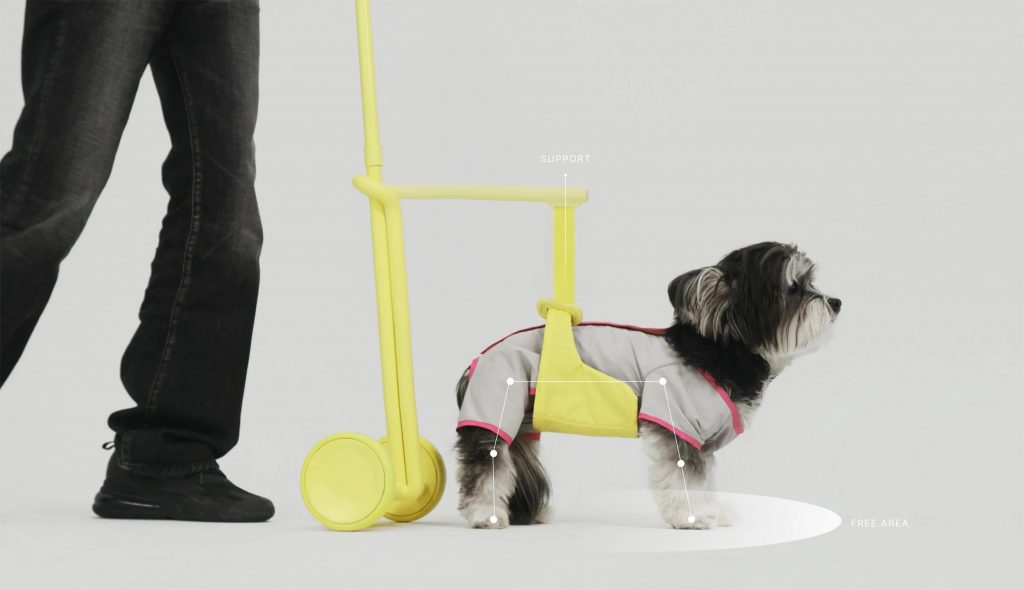
Steady by Jungmin Park, Chaewon Lee, and Seungha Baek
Unlike rigid wheelchairs that limit a dog’s natural behaviors, Steady is built around a seatbelt-style harness system that offers dynamic support while allowing dogs to walk, sniff, and even mark freely. A pair of vertically descending straps attaches to a soft belly harness, connected to a compact two-wheeled walker. If a dog stumbles, the locking mechanism tightens instantly—just like a seatbelt—keeping the pet upright without restricting its autonomy. The walker includes features like a telescopic slider to fit dogs of varying sizes and a folding handle for easy storage.
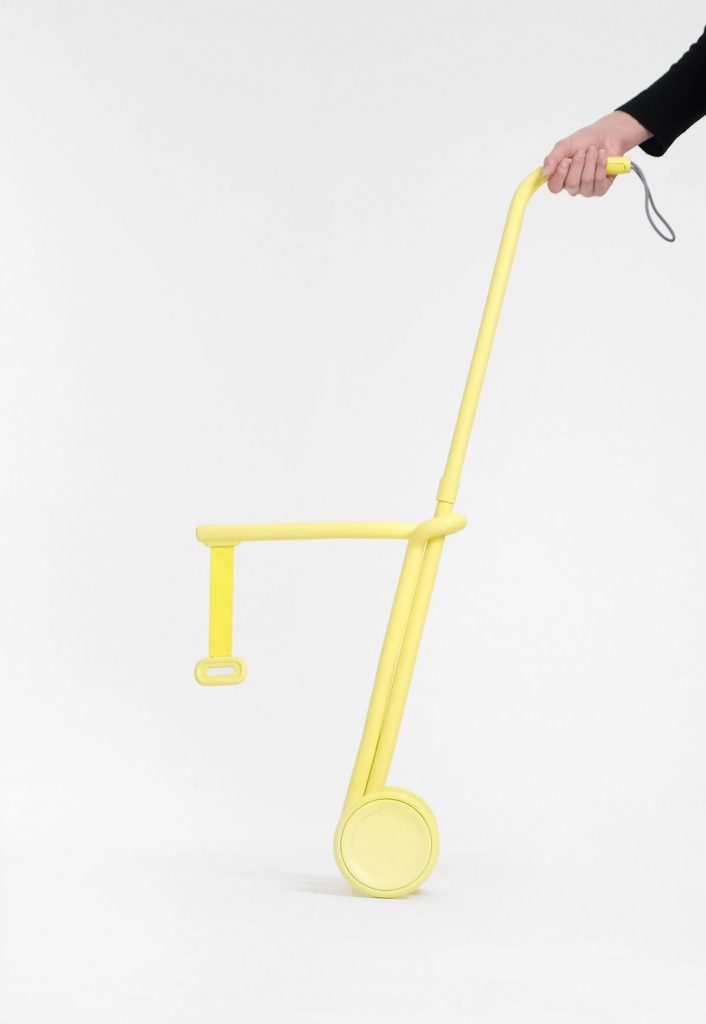
Steady by Jungmin Park, Chaewon Lee, and Seungha Baek
What sets Steady apart is its integration of wearable tech: built-in sensors analyze the dog’s gait and send data to an app that tracks joint health over time. This proactive angle transforms Steady into more than a mobility aid—it becomes a health-monitoring tool for early detection of orthopedic issues. The result is a device that’s not only responsive but anticipatory, built for longevity and adaptability across different environments and use cases.

Steady by Jungmin Park, Chaewon Lee, and Seungha Baek
Together, BirdAid, Szczepanski’s 3D-printed prostheses, and Steady represent a powerful design movement centered on animal care, user empowerment, and sustainable thinking. Whether it’s a biodegradable wrap, a personalized limb, or a data-enhanced mobility aid, these projects showcase how designers are reimagining what it means to heal—with intention, compassion, and innovation leading the way.